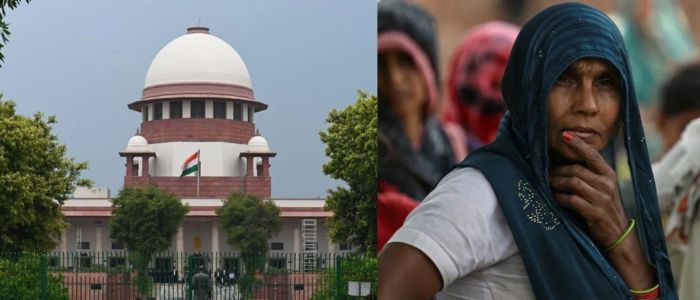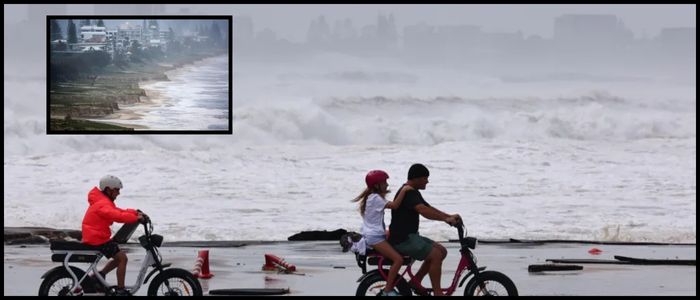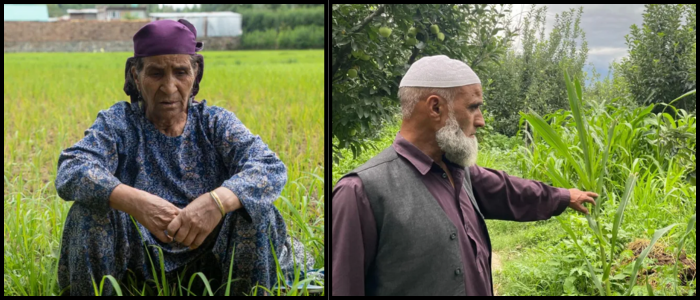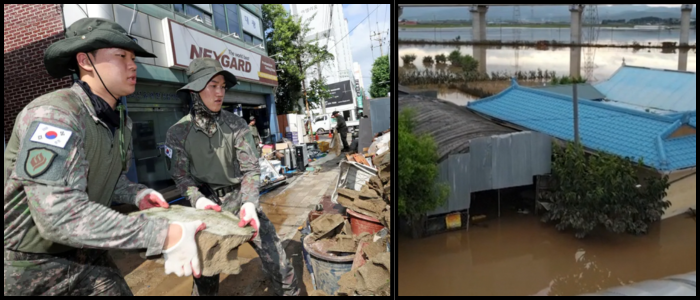Research reported by the World Meteorological Organization shows that Asia is warming at almost twice the global average.
According to the annual climate risk index survey, flooding, along with extreme heatwaves and droughts, has cost the region $2 trillion in losses over three decades.
Deadly Heat Across East Asia
The hottest-ever day in Japan was registered last week, with temperatures at 41.8°C (107.24°F) in Isesaki city, Gunma prefecture. Tokyo's medical examiner said at least 56 people have died of heatstroke since the middle of July, making June and July the hottest months on record.
It is so hot that train services have been suspended amid fears the tracks will buckle. With climate change an increasing issue, cooling off in the heat is a question of life or death as citizens battle the high temperatures.
Some parts of Japan could see up to 200mm of rain in the next few days, with some temporary relief expected.
South Korea also saw a record 22 days of consecutive "tropical nights" in July, where night-time temperatures do not drop below 25 °C. The country had increased emergency calls for heat-related illnesses, which led to many workplaces and government offices relaxing dress codes to accommodate the warmer weather.
Hanoi recorded its highest August temperature in a decade and its first 40°C day of the year, with residents calling the capital a "baking pan."
Extreme weather: Floods and Storms Wreak Havoc Across South and East Asia
As the world burns in its northern parts, so does it not burn in its southern and central Asia. Dozens have been killed across China, with 31 people buried at a care home in mountainous districts in Beijing.
Mosquito numbers have swelled in flooded areas with southern provinces like Guangdong battling landslides and a major outbreak of the chikungunya virus.
So the previously fairly quiet tropical storm season in FE has suddenly become very active indeed, with another few storms now formed and creeping up through Southeast Asia, heading to China.
Deadly flash floods inundated India's northern Uttarakhand, leaving more than 100 people missing. One such trend is the occurrence of increased instances of sudden and intense downpours as temperatures rise.
Rain-related incidents have killed almost 300 people in Pakistan, including more than 100 children, since June. Save the Children said floods had washed away homes and devastated education, with flood damage to buildings depriving more than a quarter of schools in Punjab province of their classrooms.
Historic rainfall for Hong Kong, with over 350 mm of rain in a single day; wettest August day since 1884. Which is even more impressive when you take into account that the city typically gets about 2,400mm of rain in a year, with the majority falling over summer.
Climate scientists continue to predict that these kinds of trends will only intensify as the planet heats up. The latest spate of catastrophes in Asia is a wake-up call that the world must wholeheartedly commit to solving this rapidly escalating crisis.
Environment

Extreme Weather Grips Asia with Floods and Heatwaves

Across Asia, an unyielding heat wave gripped countries such as Japan and Korea, and torrential rains killed hundreds in India, Pakistan, and China. More than 300 have died across the basin, and millions are affected by climate change-driven weather that is becoming more extreme and less predictable.















